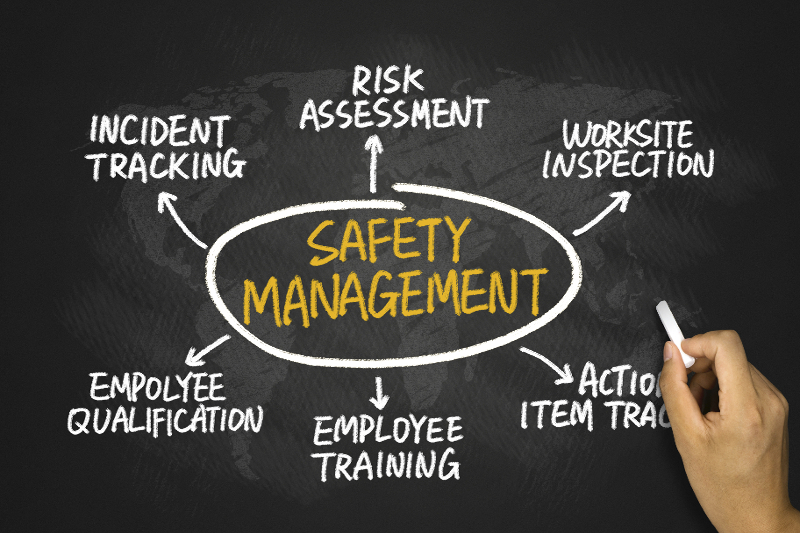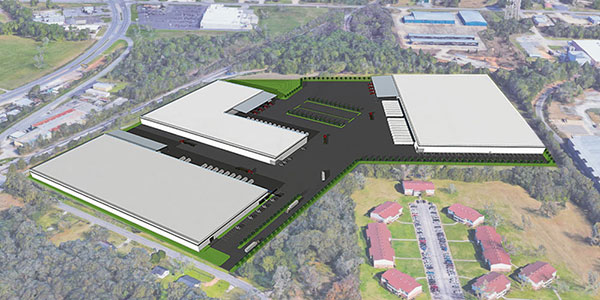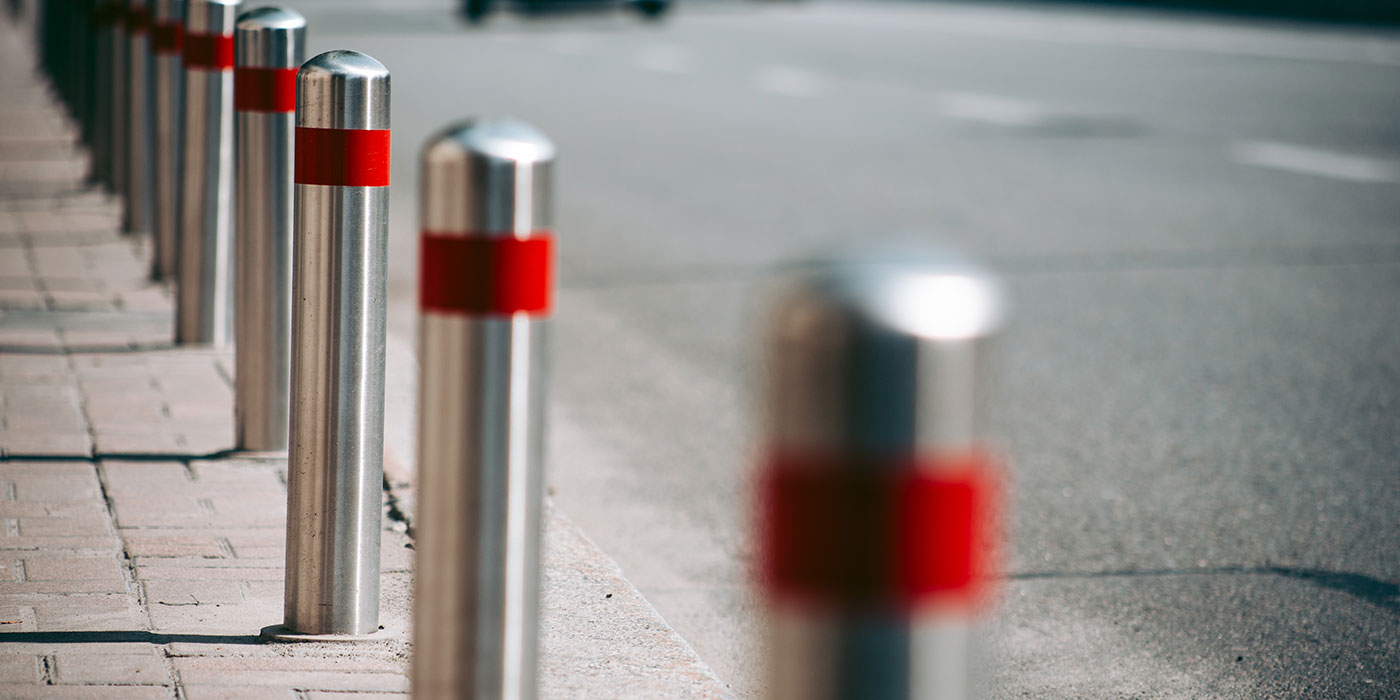A carwash manager who took a rotating brush for a spin made headlines late last year. Although he was fortunately able to laugh off the incident, walking away with what he referred to as a “little road rash,” the outcome could have been much more serious.
Safety should be a top priority for any carwash. “Being responsible and proactive regarding [carwash] safety is just good business and is the right thing to do,” says Gina Houser, health and safety coordinator for Autobell® Car Wash Inc. “You will see the benefits in employee satisfaction; customers will notice; and many times the expenditures put forth to create or bolster a safety program are far cheaper than one workers’ compensation claim. You cannot replace a life or bring back someone’s quality of life once it changes.”
Creating a safe environment
“Most instances [of workplace accidents] occur at busy times when employees are tempted to cut corners and rush through the processes they know are safer but take longer to perform,” says Mike Benmosche, CIC, National Car Wash Program Specialist of the Risk Management Department for McNeil & Company Inc. “Management needs to be clear to all employees that this will not be tolerated, and there will be consequences if they are found to violate the safety rules.”
So what is the first step for inspiring safety at the carwash? “It really starts with creating a culture of safety,” shares Joe Rice, director of human relations, and Emily Holland, safety coordinator, of Indianapolis-based Crew Carwash. “Your team needs to hear from the top that safety is a priority, and everyone will be held accountable for following all safety policies and procedures. Recognizing actions that prevent injury or accidents encourages this behavior and keeps everyone focused on how to prevent accidents. Owners should take a proactive approach to safety to limit accidents and lawsuits.”
Once you know the risks and a hazard analysis has been properly performed, establishing safety protocol is vital. When preparing a safety program for your carwash, keep your carwash’s specific operations in mind. “Any area involving moving equipment is dangerous. Remember that moving equipment includes vehicles as well,” says Houser. “When it comes to vehicles, evaluate your work flow. Do drivers stay in the vehicle? Do your employees have custody of the vehicle at any time? Train employees to never place themselves between two vehicles and to always watch their surroundings.”
Another tip, adds Houser, “is to never move from one side of the carwash to another by walking through the wash bay. Walk around the exterior of the building. It may add a few steps but is well worth it.”
If you operate a tunnel, something as simple as not allowing anyone to work in the tunnel while the wash cycle is running can also prevent many injuries, advise Rice and Holland.
The most important safety task for any carwash, stresses Benmosche, is to ensure that lockout/tagout (LOTO) procedures are followed religiously. “Not only is this procedure required by OSHA, but it is also extremely important to the safety of all employees working on equipment,” he adds.
OSHA’s LOTO standard requires employers to provide their staff with the guidelines and tools needed to completely shut down the power to the equipment, explains Sam Furno, president of Western Car Wash Insurance Agency, Wells Fargo Insurance Services USA Inc., adding that this helps prevent injury from occurring. “Basically, they put these locks inside the tunnel on panels so the equipment can’t be turned on by any employees,” he elucidates. You can read more about OSHA’s LOTO standard by visiting www.osha.gov/SLTC/controlhazardousenergy.
Furno continues by offering the following additional carwash safety tips:
- Make sure that when a car is rolling on the conveyor, all hands are kept free of wheels to avoid employees getting their fingers caught behind the rim.
- In fact, keep all hands clear of any cars moving down the track.
- No employees should cross the track to prep a vehicle while it is rolling down the conveyor — or for any other reason during the wash process.
- Keep all hands and feet free of the roller doors that open and close at the front and rear of a tunnel.
- Make sure all washing and drying machines, for towels as an example, come with a locking mechanism. These things spin fast; and if the door lifts during operation, an employee can be seriously injured.
- When handling chemicals always wear protective gear, such as goggles and gloves.
During hours of operation, Rice and Holland suggest all team members wear headsets to maintain constant communication as an additional safety procedure. “This allows team members to know where [everyone is] at all times,” they add.
Additionally, Houser notes, “Regular equipment maintenance can greatly assist with injury prevention.”
Training employees on safety
Regardless of the safety measures established, without proper training to correctly execute these tasks, a carwash is still at risk. “A program is just a computer or paper document; it can’t save a life without someone taking the time to put the program in motion,” asserts Houser. “Classroom and hands-on training are critical to the safety of your employees and customers as well. Remember to document each training session. Employees should print and sign their names along with an employee number if possible. Make sure to include an agenda of what is covered. Safety meetings are important, but safety is a daily talk. It is a culture that you build. Once you start, employees feel ownership of their safety and everyone else’s at the location.”
Effective training calls for consistency and simplicity, explains Benmosche. “It also must include a communication that shows management’s commitment to its success,” he adds. “The employees need to understand that a safe environment is as important as washing cars and is a large part of the profit of the business. Be certain that whatever training plan you use that it includes the opportunity for participants to ask questions.”
Asking questions encourages engagement, which Rice and Holland say is important when educating team members. “Our training is specific to our industry and is always backed up with real life demonstrations and practice,” they continue. “We allow team members to learn at their pace without putting them into a situation they might not be ready to face. Each team member is fully trained and comfortable before beginning a new task. Beyond initial training, they participate in online training refreshers throughout the year, and every team meeting starts with a safety review of some kind; it’s the first item on every meeting agenda.”
As a general guideline, suggests Lanese A. Barnett, director of marketing for The Car Wash Companies: Tommy Terrific’s Carwash and TradeMark Carwash, host monthly safety meetings with staff to ensure employees are aware of any procedural changes and to review performance.
Rice and Holland note Crew also implements a safety incentive program, which rewards locations for behaviors and actions leading to a safe work environment. “Not only does it reward these behaviors, it educates our team members on what they can do to keep everyone safe,” they add.
To encourage safe behavior, remember to show employees the ropes over simply just telling them what to do, encourages Furno. “You can’t expect an employee to do something unless you are able to show them how to do it. Show them as an owner and manager that you understand the risk, and [this is] why [you] do things a certain way.”
He concludes, “When working with equipment, remember it is equipment. It doesn’t have eyes and ears; it won’t stop just because you walk by it. Therefore, employees, employers and owners have to take the safety precautions to make sure no one is injured by the equipment they are using, because equipment is nothing more than a tool for carwashes. Never get comfortable with the equipment; at any time, something can pop up that you are not aware of and cause serious injuries or damages.”
In case you missed it, be sure to check out the first part of this article, which discusses common safety risks, published exclusively on Carwash.com. You can read Carwash safety risk assessment: Part one here.














